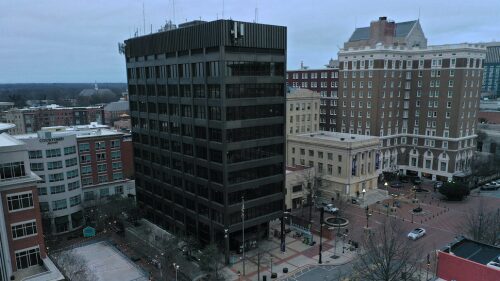Redevelopment and cleanup efforts are progressing for the Union Bleachery — 3335 Old Buncombe Rd. — also known as a Superfund site thanks to a $10 million dollar award from the Environmental Protection Agency (EPA).
How much will the redevelopment cost?
A few years ago, the estimated cost was ~$1 billion. Since then, the cost has risen to $2+ billion. The EPA awarded a total of $1 billion to remaining Superfund sites in the US, and $10 million will be going to the Bleachery.
What is the Superfund program?
According to the EPA, the Superfund program is responsible for " cleaning up some of the nation’s most contaminated land + responding to environmental emergencies, oil spills and natural disasters.”
Why does Union Bleachery qualify?
High levels of chromium + asbestos and arsenic were found in the soil and groundwater. The $10 million will help treat + cleanup the groundwater and is expected to start this year.
What are the plans for the space?
The site will become a multi-use development featuring multi-family residential, retail, office, hospitality, research, and restaurant spaces.
Now that you know the future of the Bleachery, let’s take a look at its past.
Union Bleachery was established in 1902 as the Union Bleaching and Finishing Company by brothers J.B. Duke and B.N. Duke. Although the textile mill struggled in its first two years, John White Arrington, who was originally hired as treasurer in 1904 and eventually became president and owner, transformed the mill to be a leader in Greenville’s textile industry.

Union Bleachery | Photo from the Greenville County Library System
The close-knit community that surrounded the mill was unique to Union Bleachery, acting as its own village. Housing more than 125 employees and their families the village featured schools and churches, a golf course, a park and pond, and spaces for farming. Residents were part of local sports teams like baseball and basketball, women’s clubs, and scout troops. (See more photos of Union Bleachery here).
After John White Arrington died in 1938, the mill was sold twice, and later became known as US Finishing. In 2003, a fire devastated the property, forcing its closure. It has since been abandoned and heavily polluted.











